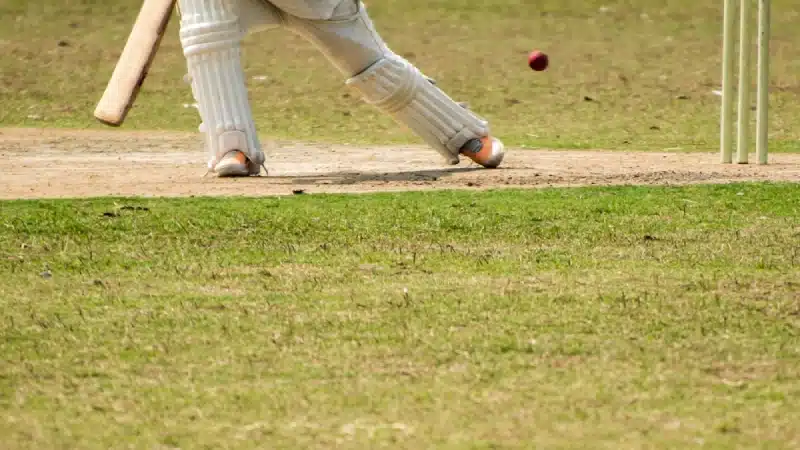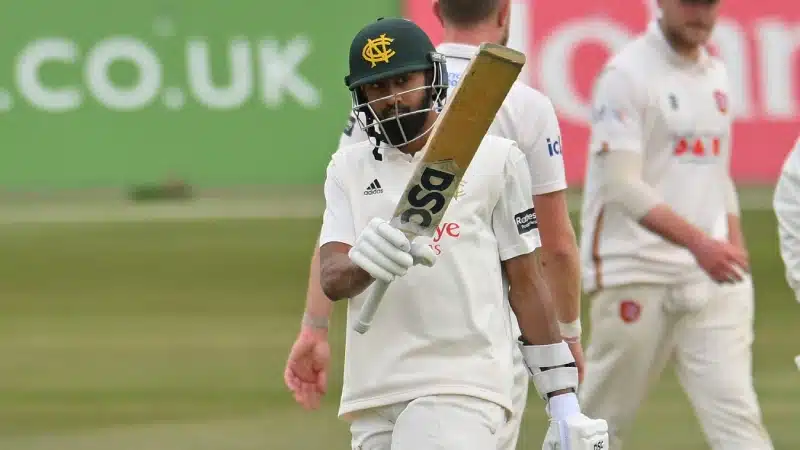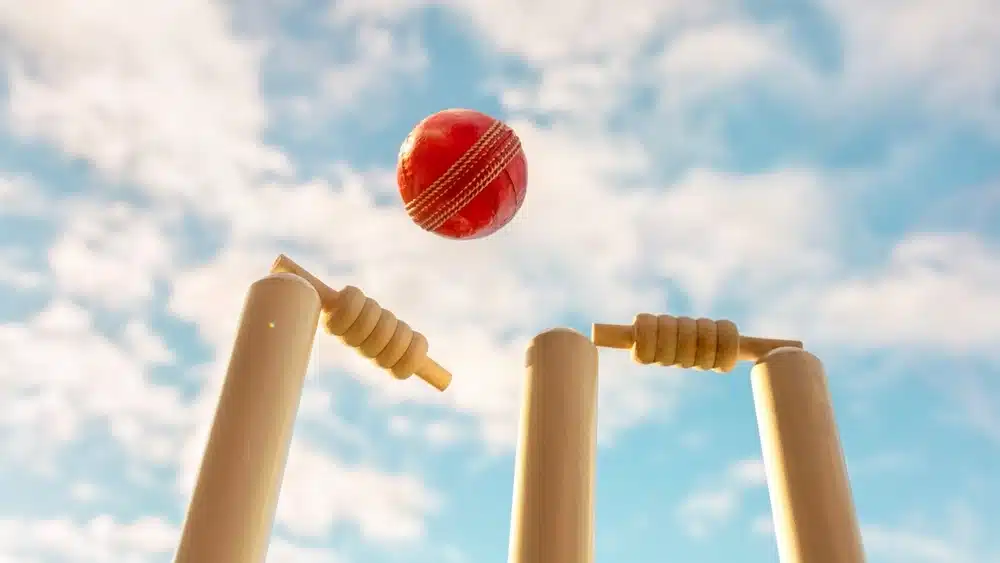Retiring from cricket: What's life after the final over?

One of the hardest things about being an athlete is knowing that the game moves on without you. One day, a packed stadium chants your name, and then there’s silence—no more routines, no more runs. All that’s left is the sound of a final over that slowly fades into memory.
Fans often follow players in their prime. The stats, headlines, forms, and fixtures fill forums and households. Yet, only a few would stop to ask what happens after. When the spotlight shifts to newer stars, where do historic icons go?
Every cricketer, no matter how skilled, will one day face this truth. While it’s hard to see them leave, their stories don’t stop there. Here’s how players rebuild life beyond the field.
Leaving the game
Retirement isn’t always by choice. Some players walk away after a fulfilling career, while others are forced out due to age, injury, or, sadly, being dropped. For many, it’s a mix of sadness and pride. Alastair Cook, one of England’s finest openers, said he has been incredibly happy for over 20 years.
However, not everyone follows Cook's ending. Some leave the game feeling incomplete, like a book chapter ripped off. Australian cricketer Will Pucovski had to retire recently after repeated head injuries during his career.
Retiring from the game isn’t about fame. It’s more about how you’re set to leave everything behind—teammates, routines, identity, and what ifs. Many struggle with the idea that their best days are already over, that it becomes a personal loss not known to many.
The identity crisis
You left the game; what happens now that you’re no longer the ‘cricketer’? For years, athletes have built their names around a single role. Once it’s gone, they’re left with a rather hard question to answer: ‘who am I now?’, carrying the weight to be something else after being an athlete.
Retirement can bring a loss of purpose and direction to athletes, mainly as they transition to ‘normal life’. Many find it overwhelming, which can also lead to depression and anxiety. Cricket may be a sport for some, but for these players, it was the only life they knew.
Former English cricketer Andrew Flintoff is one of those athletes. He stepped away from the field only to battle depression and alcohol dependence after he retired.
This identity crisis goes deeper when you realise how you’ve tied your self-worth to performance. Applause and attention fuel your games and value that without it, you’d feel invisible, alone, and no one.
New careers, new paths
After the hard part comes clarity. You’ll realise that retiring doesn’t mean the end for you; instead, it’s a sign of a fresh start. Many players go on to find new endeavours to pursue. Some stay in the sports scene, while others take bold chances in new places.
Common post-retirement paths include:
- Commentary and media: Many turn to broadcasting and analysis, providing insights during live matches, sharing experiences, and offering expert opinions. Ravi Shastri and Tony Greig both built strong images behind the box.
- Coaching and mentoring: Some also turn to guide new generations of players. They can take up batting, bowling, or fielding roles at any cricket level. Rahul Dravid led the Indian national team and other franchises to wins during his time.
- Cricket administration: Some players have also pursued roles in cricket boards. Former Indian player Roger Binny, for instance, is the current president of the Indian cricket governing body.
Then, some surprised fans with a full 180° career switch:
- Adam Hollioake tried his hand at MMA;
- Imran Khan went on to become Pakistan’s Prime Minister; and
- Brett Lee explored music and acting, showing talent beyond the bat.
Honour the full journey
Retirement isn’t a full stop, nor does it mean one’s purpose in life is over. Some players leave quietly, and others shine again in new fields. The game might end, but the icon behind the number never does. The next time you cheer for a cricketer’s debut, honour their exit as well.














